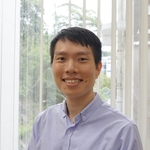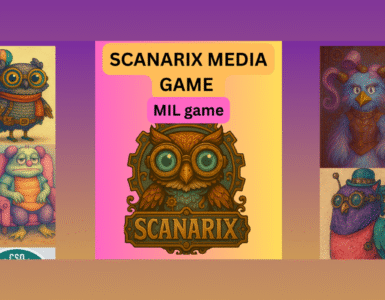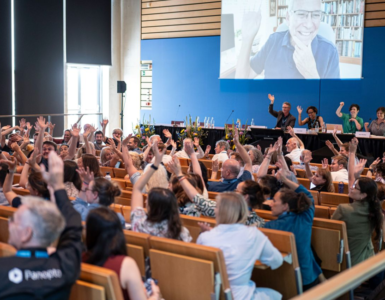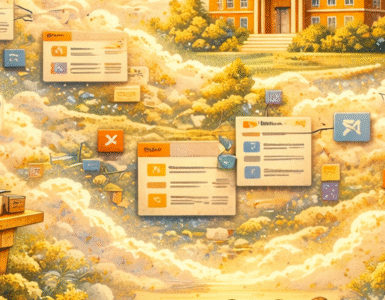Teaching and Learning is the core business of universities and colleges in higher institutions. As the COVID-19 global health crisis swamped the world, no institution was spared from harnessing digital technology in their instructional activities. However, a number of educators were under-prepared for the seismic revolution in education, where the adoption and application of educational technology was necessary to continue the day-to-day teaching and learning.
As such, centers for teaching and learning and instructional technology courageously led the fronts to support faculty for such academic continuity. Zoom and other equivalent platforms were utilized for ‘live’ teaching, and pre-recorded videos were also made to prepare for blended learning in case of reduced in-person class time.
Now, blended learning is a pedagogical approach that combines digital learning and in-person learning. This method of teaching & learning has become more prevalent for higher institutions, more so in recent years over the traditional face-to-face (F2F) lecture as it promotes flexibility for students to learn at their own pace online and utilizes time more meaningfully when engaging students in class.
Because the COVID shuffles classes to online platforms due to the restriction curbs, educators found it difficult to implement blended lessons online especially for those who lacked prior experiences.

In my book ‘Technology-Enabled Blended Learning Experiences for Chemistry Education and Outreach’ (co-edited with Christoph Zimmermann) I describe how the art of making and using lightboard videos can be used to support learners engagement, and discuss various types of lightboard videos.
This book serves to inspire educators in integrating technological tools into their blended classroom. Although the title signals the adaptation of digital pedagogy in the field of Chemistry, the methods and know-how also serve Science Technology Engineering Arts & Mathematics (STEAM) educators for the new-looking world moving forward. Here, we focus on three major themes, 1) Foundations in technology-enabled blended learning experiences, 2) Curriculum design, implementation, evaluation, and outreach 3) Case Studies. In each theme, the authors discussed their motivations and solutions to overcame teaching challenges and how to improve students’ learning with the right technology adoption.
The contributors for this book include an array of international authors who are passionate about digital education based in Europe, Singapore, United States, United Kingdom and other countries. Their portfolio includes professors, university administrator, institute directors, lecturers, instructional designer and young researchers. For example, a team from the National University of Singapore (NUS) shared how they explored the use of flipped classroom to coach students on researching procedures using online databases. Although this flipped approach is unprecedented for teaching a non-academic class, it provided valuable outcomes for highly interactive problem-solving during the F2F session when time is sacrosanct.
This book also includes two chapters on the use of mobile applications (app), and one that harnesses Augmented Reality and gamifications to support teaching and learning visualization — a key cognitive skill in understanding three-dimensional molecules in science. By gamifying the problem-solving questions, it engenders a spirit of collaboration and competition for learners and this learning process scaffolds their learning.
Moreover, the application of an evidence-based approach using learning analytics via the learning management system (LMS) is a strategic pedagogical practice to provide personalized feedback for learners to enhance their learning. Therefore, a team of educators from Ireland used their LMS to examine learners’ behavior, so that they can design blended learning experiences to better improve students’ learning.
Lastly, even as we confront the new covid variants in Omicron and future forms, I predict that technology-enabled blending learning is here to stay with us for years to come. So why not start early, read these stories, and be inspired to raise your game in teaching to help your students learn better!

Author
Fun Man Fung, Ph.D. is a faculty at NUS Department of Chemistry. He serves on the International Union of Pure & Applied Chemistry (IUPAC) Committee for Chemical Education and is a recipient of the inaugural NUS Annual Digital Education Award (2021) as team leader. He is interested in researching on the assessment of skills acquisition in higher education.














